On September 30, after the referendum, Russia announced the annexation of the occupied territories of Ukraine to the Russian Federation. The leadership of the Russian Federation has already made it clear that after that the offensive of the Armed Forces of Ukraine will be considered as “aggression against Russia” and will use “the entire arsenal of means” in response.
What are the scenarios for the development of events after the “referendums” is analyzed by the Ukrainian edition “Strana”:
1. Russia will issue an ultimatum with the threat to use nuclear weapons
The scenario that is often discussed now is that the Russian Federation will demand that Ukraine stop hostilities, threatening a nuclear strike in case of refusal.
The likelihood of this scenario directly depends on the reaction to such a prospect of external forces – the West, as well as Russia’s current partners – China, India and Turkey. If Putin receives warnings from them about the consequences, which he perceives as serious, then the likelihood will decrease. If not, then nothing can be ruled out.
At the same time, it is possible that the nuclear ultimatum will not be announced immediately after the annexation of Ukrainian territories, but will be postponed in order to assess the development of the situation at the front. If the Ukrainian troops are no longer able to develop an offensive against the territories already occupied by the Russian Federation, then they will not present an ultimatum, continuing to fight with conventional weapons. And if, for example, there is a real threat for the Russian Federation to lose Kherson (or any other territory), then an ultimatum can be presented.
As for the reaction of Ukraine, if such an ultimatum is put forward, it also directly depends on the position of the Western allies: will they warn Russia about a retaliatory strike, or will they strongly advise Ukraine to make a truce and compromises in order to avoid a nuclear war, which is big doubts.
2. The war goes on as before
This scenario implies that Russia will neither use weapons of mass destruction nor declare war on Ukraine, remaining in the format of a “special military operation.”
The fact that the Russian Federation announced a partial mobilization gives certain arguments in favor of this version. The replenishment will allow Russia to solve its main problem in the war – the relatively low number of units involved in Ukraine. And, based on this, the Russian army can expect to stop the Ukrainian offensive, and possibly go on the offensive itself.
In this case, the war will take on the character of a war of attrition, in which Moscow will persuade Kyiv and the West to a truce.
3. Russia declares war on Ukraine
A variant also without the use of nuclear weapons. However, with the declaration of war on Ukraine, martial law and general mobilization.
In practice, it differs from the previous version in one parameter – the number of mobilized. The mobilization resource of the Russian Federation is much higher than that of Ukraine. And here Moscow’s calculation may be on the formation of a multiple numerical advantage at the front for a large-scale offensive.
True, it is not clear whether Russia has the resources to arm and train such a number of mobilized. And the social consequences of general mobilization for the situation inside the Russian Federation can be severe.
4. The war goes into a sluggish stage
This scenario is that both sides, without officially announcing a truce, will de facto gradually reduce activity at the front to approximately the same level as it was from the spring of 2015 until February 2022 in the Donbas (although then the truce was signed). That is, a sluggish war with periodic local exacerbations.
Ukraine can go for this option if the West insistently recommends it (under the pretext of “not driving Putin into a corner” and not provoking a nuclear war). And also for the complete rearmament of the army.
Russia may also agree to this option, as it will provide an opportunity to get a respite to replenish and reorganize the army, taking into account the needs of modern warfare and to “digest” the annexed territories.
So far, there have been no signals that the parties want to agree on this option. But, as the recent story of the exchange of prisoners shows, the non-public dialogue between Kyiv and Moscow continues. And what issues are discussed there can only be guessed at.
A few days earlier, the defense and security editor of a British newspaper The Guardian Dan Sabbah, after six months of a Russian special operation on Ukrainian territory, he decided to predict the development of events in the future.
He named five possible scenarios for the further course of the conflict between Russia and Ukraine.
The first The conflict is likely to last at least a year. However, its intensity is decreasing, and it has essentially reached a dead end. The parties do not show interest in negotiations, and on the front line, changes are minimal and there is a depletion of forces.
Second – Ukraine would like to return the lost lands, but the Armed Forces of Ukraine now do not have the resources for an effective counteroffensive. Therefore, Kyiv changed its strategy. Now, the priority is to launch missile strikes on warehouses and bases of the Russian Armed Forces, as well as raids by Ukrainian special forces and partisan actions in the deep rear of the Russians to “create chaos.” With this, the Ukrainians are trying to force Moscow to retreat.
Third “Russia still wants to push deeper into Ukraine. The Kremlin does not seem to have achieved the result it had hoped for. However, with the approach of cool weather, the efforts of the RF Armed Forces will be focused on maintaining the achieved milestones.
Fourth Winter will precipitate a new refugee crisis and create an opportunity for those best prepared. Ukraine is already concerned about the humanitarian problems associated with housing and communal services. It is likely that another 2 million people will leave it. Russians see winter as their opportunity to increase pressure on the West and Kyiv. At the same time, spring may be the time for attempts at offensive action by both sides.
Fifth – The West must decide whether it wants Ukraine to win or just hold on. Therefore, he needs to match his assistance (humanitarian and military) with huge needs. Without the help of the West, Ukraine would have already lost.

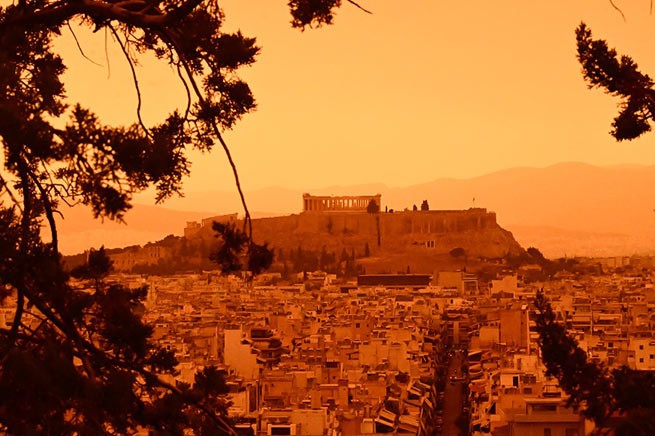
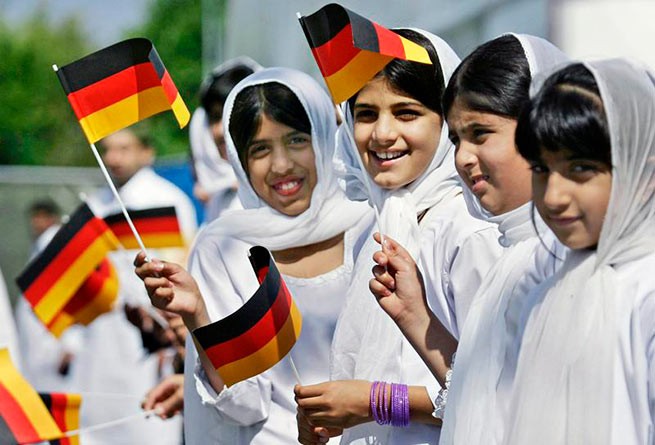
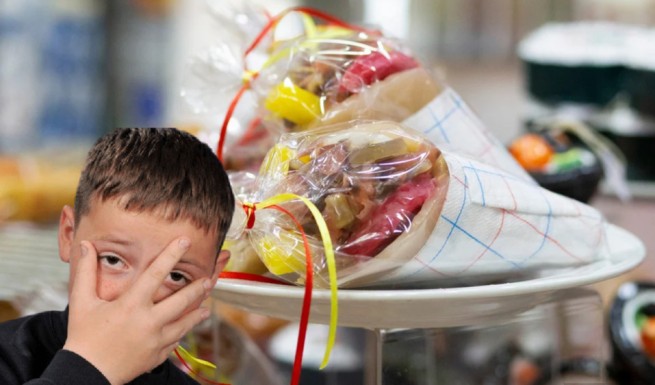
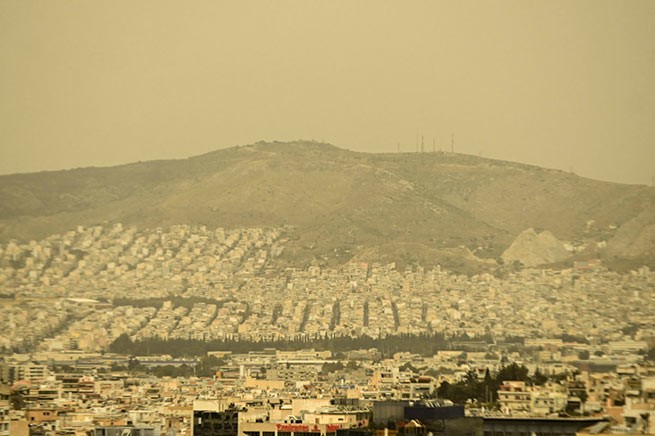
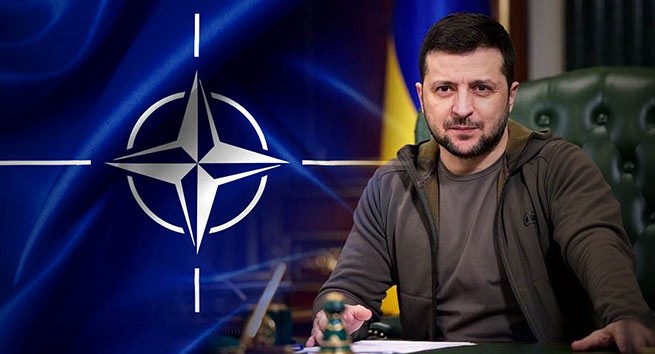

More Stories
From April 23, the Ministry of Foreign Affairs of Ukraine restricts access to consular services for men abroad
Mobilization in Ukraine: about the conditions for conscription of persons with disabilities
Pressure on Greece and Spain regarding air defense to Ukraine